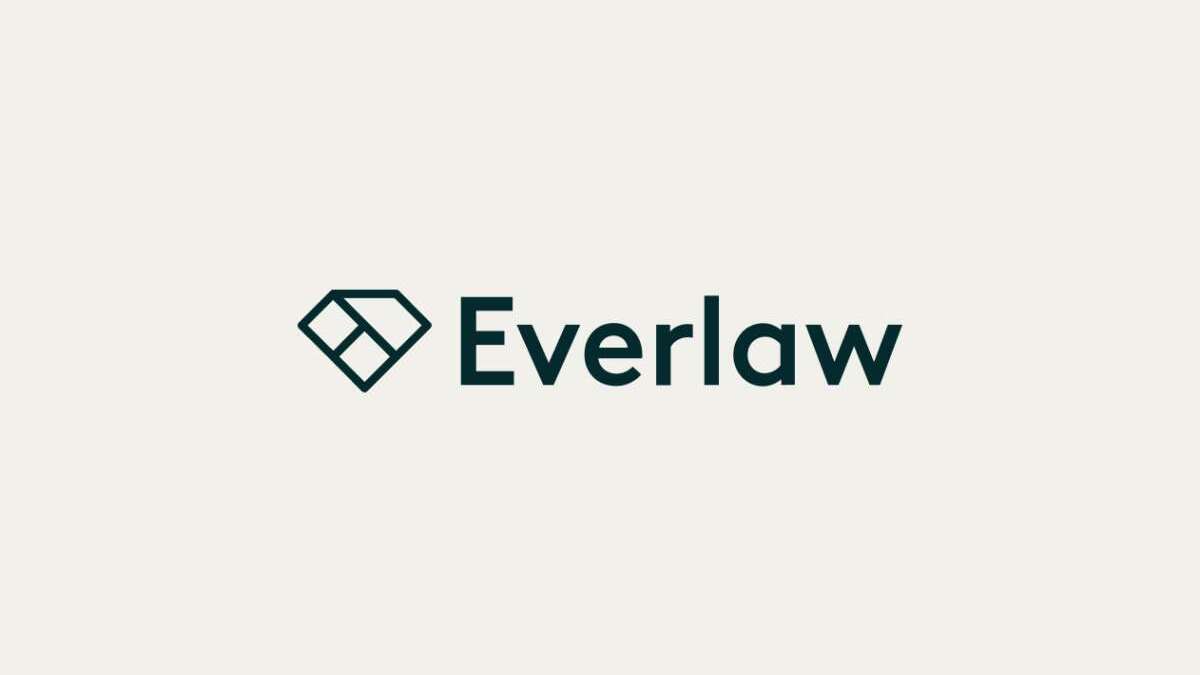Who might be interested:
Users who are interested in loading native data into the platform
What you will learn:
Permissions needed for uploading. How to upload native data. How to view newly uploaded documents. How to identify and troubleshoot native upload errors.
How you can learn:
There are several resources available depending on your learning style: comprehensive training videos, shorter topic-specific videos and helpful written guides.
Training Options
Watch Native Data Loading Deep Dive
Learn the ins and outs of Native Data Loading with this 30 minute Deep Dive.
Schedule Custom Training
If you would prefer a private training session with a member of Everlaw’s User Education team to train a group of users and discuss a workflow that is specific to your organization, you can schedule a virtual training session at a time of your choosing.
What is Native Data?
Native data is typically your unprocessed or raw files (i.e. original documents that have come from a custodian's computer or data that is collected by a vendor). Data can be organized in subdirectories named after their custodians. Native documents will be automatically processed and uploaded on the platform. For native data uploads, Everlaw generates images, text, and metadata for documents.
Learn more about uploading Native Data
Once documents are successfully uploaded, they will be searchable and viewable in your project. In addition to the videos below, you can also read the Upload help articles. Everlaw has a self-service, cloud-based uploading system that supports both native and processed data. There are a few ways to tell if your data is native or processed. It's important to know these differences to ensure your data gets uploaded correctly.
[Uploads] Introduction to Uploading on Everlaw
Everlaw’s uploader is a directly accessible interface that allows users to upload data directly into the Everlaw platform. Read the Introduction to uploads help article.
[Uploads] Uploading and Managing Native Data
Everlaw’s cloud-processing system handles 500k docs/hour while simultaneously automating standard processing such as error-handling, deduplication, deNISTing, OCR, imaging, and generating text and metadata. Read the Uploading native data help article.
[Uploads] Uploading Data From Office 365
Uploading data directly into Everlaw from your Microsoft organization requires Database Upload permissions on Everlaw and Global Admin permissions on your Microsoft organization. For help, read Uploading documents from Microsoft Office 365.
Training Activities Checklist
After you’ve watched the videos and have a basic understanding of uploads, practice your skills and try performing the following actions:
From the native uploads page…
🗹 Access the settings chosen for a particular upload
🗹 Check how many documents were deduplicated for a particular upload
🗹 Start a new native data upload to see your options for uploading via a cloud application
For any feedback about this site or any questions about the trainings offered, please reach out to training@everlaw.com
For all other questions, please reach out to support@everlaw.com, 1-844-EVERLAW (US), or 0800-068-9249 (UK and EU)




